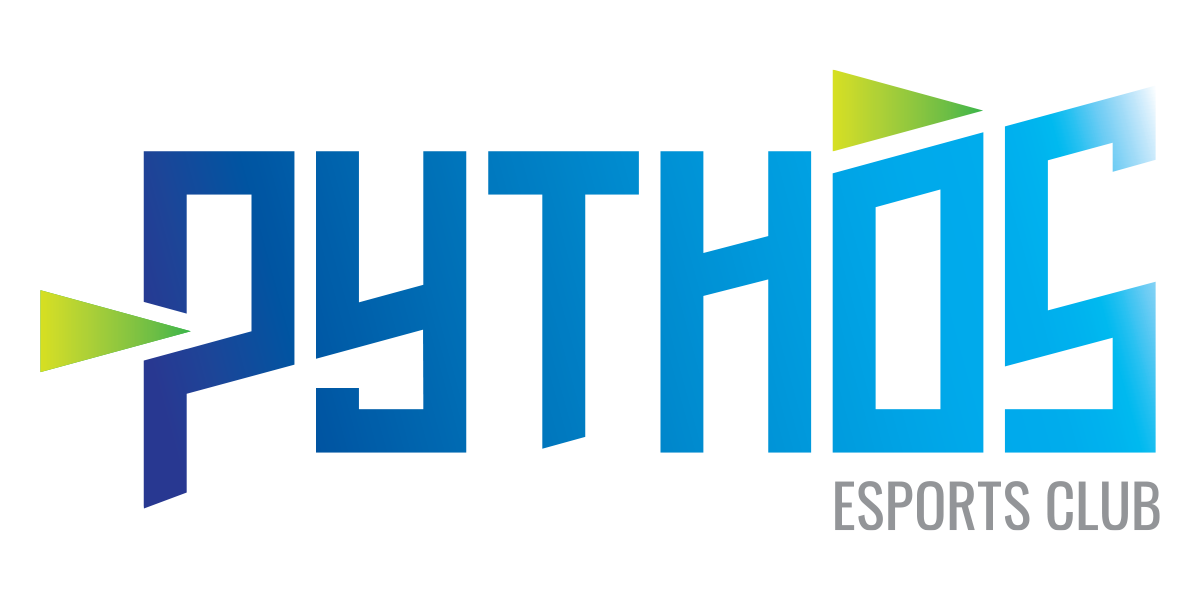15 Apr Here’s how Counter-Strike thrives by essentially doing nothing
TL;DR
Counter-Strike debuted as a Half-Life mod in 1999 and has remained largely the same since.
For many, Counter-Strike shaped today’s esports scene through its competitive play and early international tournaments.
Counter-Strike: Global Offensive (CS:GO) arrived in 2012, and by 2020 it had surpassed one million peak players.
Major esports tournaments, such as IEM and BLAST, draw millions of viewers and offer multi-million-dollar prize pools.
The skins economy is also a key component behind the success of Counter-Strike, with rare skins worth thousands of dollars.
Counter-Strike has captivated gamers for more than two decades across several iterations. From its beginnings as a Half-Life mod to its engine overhaul in Counter-Strike 2, the gameplay has remained close to its original design. By all accounts, the stale game should be dead or forgotten, yet it’s becoming increasingly popular.
So, how does Counter-Strike thrive without any major update in what feels like ages? Well, the complex answer is fairly simple: by doing nothing. At least, nothing too radical.
Why is Counter-Strike still so popular?
Counter-Strike was instantly a hit when it was released as a Half-Life mod in 1999, offering skill-based gameplay that contrasted arena shooters like Unreal Tournament. Even in its first design, its core gameplay mechanics were already in place.
Image Credit: Valve
The official standalone version was a critical and commercial success, at one point having more than 760,000 players across 7000 servers. Valve continued to improve the game until the final version of Counter-Strike 1.6 was launched alongside the Steam client in 2003. Although there was no matchmaking, online multiplayer made Counter-Strike surge in popularity.
Counter-Strike 1.6 is considered a perfect competitive multiplayer experience, and an early esports scene started to take root. The Cyberathlete Professional League Winter Championship was the game’s first international tournament and gave out a $150,000 prize pool. The game quickly became the most active esport in the following years. Counter-Strike shaped esports into what it is today.
Eventually, Valve released Counter-Strike: Source, the 2004 remake on the Source game engine. Purists hated it because it didn’t offer the same feeling and competitive fairness as 1.6, yet the game was still popular. Source and 1.6 had separate active esports events going on simultaneously.
Image Credit: Valve
Counter-Strike: Global Offensive (CS:GO) finally arrived in 2012 and struggled to unite both scenes. The game was originally designed for consoles, and it shows. Issues like visual fidelity, bad sound design, and terrible hitboxes hurt its competitive integrity. It took a long time and many patches and updates before players slowly started migrating.
But once players started joining en masse, the momentum kept going. It took two years for the player count to peak at 100k, but it tripled after 12 months. By 2020, CS:GO broke one million peak players. PGL Major Stockholm 2021 had a peak viewership of 2.7 million tuning in to see G2 duking it out against Natus Vincere. Now, with Counter-Strike 2, the game managed to peak at 1.8 million players in March 2025.
Image Credit: HLTV
Counter-Strike is popular because of its timeless gameplay. It was said best by the official Counter-Strike Twitter:
Because it takes minutes to understand and a lifetime to master, and the more you invest the greater your returns. The feeling when everything comes together never gets old. Whether it’s a one tap, a perfect spray, a new piece of util, an ace, or a clutch; it’s Counter-Strike.
— CS2 (@CounterStrike) February 26, 2023
There’s an endless learning curve here with no other variables but player skill, and it’s satisfying to improve through repetition.
Counter-Strike’s esports scene has been a cornerstone of its success and popularity. Majors, IEM, and BLAST tournaments draw millions of viewers and offer multi-million-dollar prize pools. It’s the perfect spectacle esport because anyone who hasn’t played Counter-Strike can easily understand what’s happening.
Counter-Strike has players with a competitive mindset across all skill levels, so there’s no need to separate the casuals and the sweats like most other games. Additionally, casual game modes and community maps like surf provide a welcome break. Events like Valve’s $1 million CS:GO art contest empower their community to create more content for the game.
Image Credit: Valve
But of course, it would be naive not to mention that Counter-Strike’s skin economy is also a major reason why it has this many players. Skins have become a cultural phenomenon in its own right; it’s a virtual marketplace where rare skins can be worth thousands of dollars. The self-sustaining ecosystem gives cosmetics real-world value. There’s an industry built on the allure of these skins.
What is Counter-Strike’s unique formula?
Counter-Strike established its formula early on and stuck to it. Core gameplay pits two sides against each other, Terrorists (Ts) and Counter-Terrorists (CTs), in varying game modes. The main game mode is Bomb Defusal, where the Ts have to plant and detonate a bomb to win while the CTs prevent that.
Image Credit: Valve
One of the best parts of Counter-Strike is that the economy is persistent between rounds. Because of this, players have to think beyond their current state. Decisions like abstaining from buying anything or saving their expensive sniper will have ramifications throughout the match.
Every round is high stakes and deeply rewarding. There are no abilities, unlockables, respawns, or major updates that turn the meta on its head. Gunplay, map knowledge, utility usage, and teamplay are all there on an equal playing field. This is what Counter-Strike was in 1999, and this is what Counter-Strike still is two decades later.
Counter-Strike doesn’t chase trends in gaming – well, there’s the battle royale Danger Zone, but we can ignore that for now. CS:GO avoided drastic reinventions, opting for measured tweaks. Unbalanced weapons are quickly toned down to bring them in line, such as the one-tapping R8 revolver and the laser-beaming scoped rifles.
Major changes like map reworks to Dust2 and Inferno kept their core layouts familiar. New maps like Anubis and Ancient were welcomed because they are well-designed maps without any additional mechanics. The game has a grounded feeling, and it never strays far away from that design.
Image Credit: Valve
Counter-Strike’s commitment to staying true to itself is evident when looking at other games. Dota 2 revamps its map almost every year, and metas are turned on their head every patch. VALORANT introduces new Agents that can power-creep older ones. Overwatch literally removed an entire player from each team. Former Overwatch pro, Seagull, talks about how the game’s constant changes contribute to a high retirement rate.
Like Chess and StarCraft, its rules have remained the same, allowing innovations to accumulate from within the community. Astralis flushing out Inferno B-site with their utility is like pioneering a Chess opening, where other teams have to adapt to the play. These are ideas that were organically developed and are continually iterated on by the best players.
This consistency has fostered generational talent, with players like S1mple and Device maintaining dominance for nearly a decade because the game they mastered in their early careers still plays the same today. Yet, this set-up also allows rising rookies like Donk and m0NESY to improve upon the mechanical pillars these veterans built for them.
Image Credit: Valve
That’s why the polarizing switch to Counter-Strike 2 is a sore topic for many long-time fans. Valve removed features like additional game modes, such as Arms Race and Danger Zone. Technical issues like server lag, subtick rate inconsistencies, no Mac support, and bad optimization hurt loyal players who had an unproblematic time in Global Offensive. Meanwhile, problems like poor matchmaking, bot infestation, and weak anti-cheat ruin the competitive integrity, which is sacrosanct to the franchise. Gameplay-wise, the only significant change is the thicker smoke.
Despite all these issues, Counter-Strike 2 is still the same game the world has grown to love over the years: a constant, unchanging institution of shooters. It’s one of the most popular esports, and its skin market is still printing out millions each month. Yet, these issues are taking away the “feel” of the game. As Aleksib said, “Download CS:GO, shoot 1 bot, it’s so crisp, you’re gonna cry.” Valve holds one of gaming’s most important franchises, yet they’re slow to address these problems and instead pass off more skins as updates.
Conclusion
Counter-Strike is a timeless classic that shaped the esports industry around its influence. It captured the hearts of veterans and casuals alike by offering the same playing field and rewarding them for their time. By keeping the core gameplay the same over the years, it’s up to the players to refine it by improving on known techniques and pioneering new ones.
Valve has this golden child, yet their stubbornness to quickly address glaring issues makes the community feel like they’re only good for engaging in the profitable skin market. Despite everything, it’s still Counter-Strike, and its gameplay is too perfect, too refined to change for its own good. If Valve plans to make updates that slowly ruin the game, then it’s better to do nothing at all.
FAQs
Counter-Strike first came out as a Half-Life mod in 1999, but its official standalone release came out in 2000.
Counter-Strike has been popular ever since it was a Half-Life mod in 1999. However, it surged in popularity during the pandemic in 2020. It’s popular for its strategic gameplay, casual game modes, thriving esports scene, and of course, skins.
Yes, Counter-Strike 2 is free to download on Steam. There are no pay-to-win models, as each game is an isolated instance.
References
https://web.archive.org/web/20001016164115/http://www.theclq.com/games.asp (Web Archive)
https://steamcharts.com/app/730 (Steam Charts)
https://www.counter-strike.net/dreams (Counter-Strike)
https://clips.twitch.tv/RelentlessObservantPelicanOptimizePrime (Clips Twitch)
https://www.youtube.com/watch?v=GnLSRJu_la0 (YouTube)
The post Here’s how Counter-Strike thrives by essentially doing nothing appeared first on Esports Insider.
Features, Opinion, Counter-Strike, counter-strike 2


No Comments